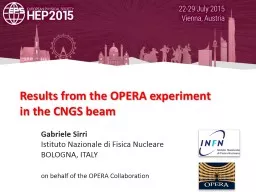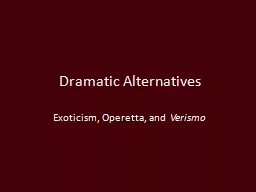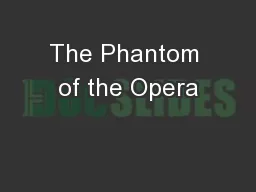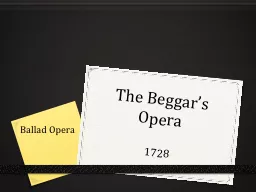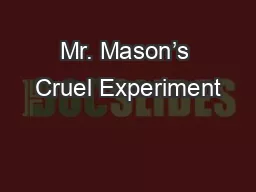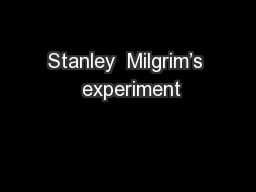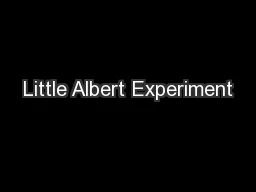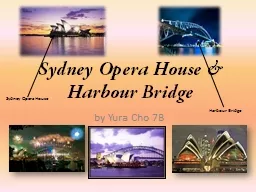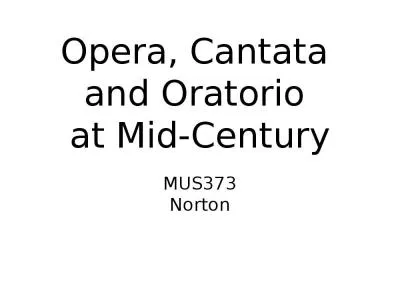PPT-Results from the OPERA experiment
Author : sterialo | Published Date : 2020-08-28
in the CNGS beam Gabriele Sirri Istituto Nazionale di Fisica Nucleare BOLOGNA ITALY on behalf of the OPERA Collaboration EPSHEP 2015 Vienna GSirri INFN Bologna
Presentation Embed Code
Download Presentation
Download Presentation The PPT/PDF document "Results from the OPERA experiment" is the property of its rightful owner. Permission is granted to download and print the materials on this website for personal, non-commercial use only, and to display it on your personal computer provided you do not modify the materials and that you retain all copyright notices contained in the materials. By downloading content from our website, you accept the terms of this agreement.
Results from the OPERA experiment: Transcript
Download Rules Of Document
"Results from the OPERA experiment"The content belongs to its owner. You may download and print it for personal use, without modification, and keep all copyright notices. By downloading, you agree to these terms.
Related Documents

